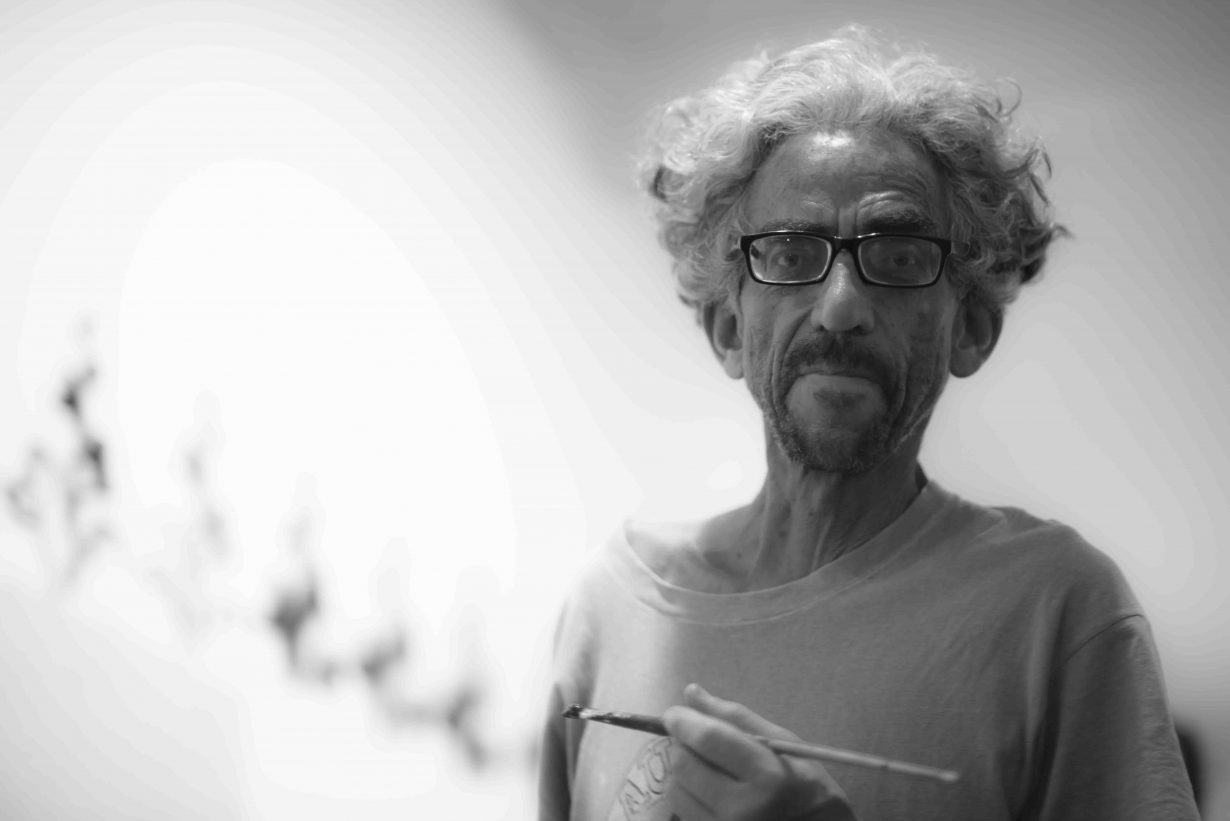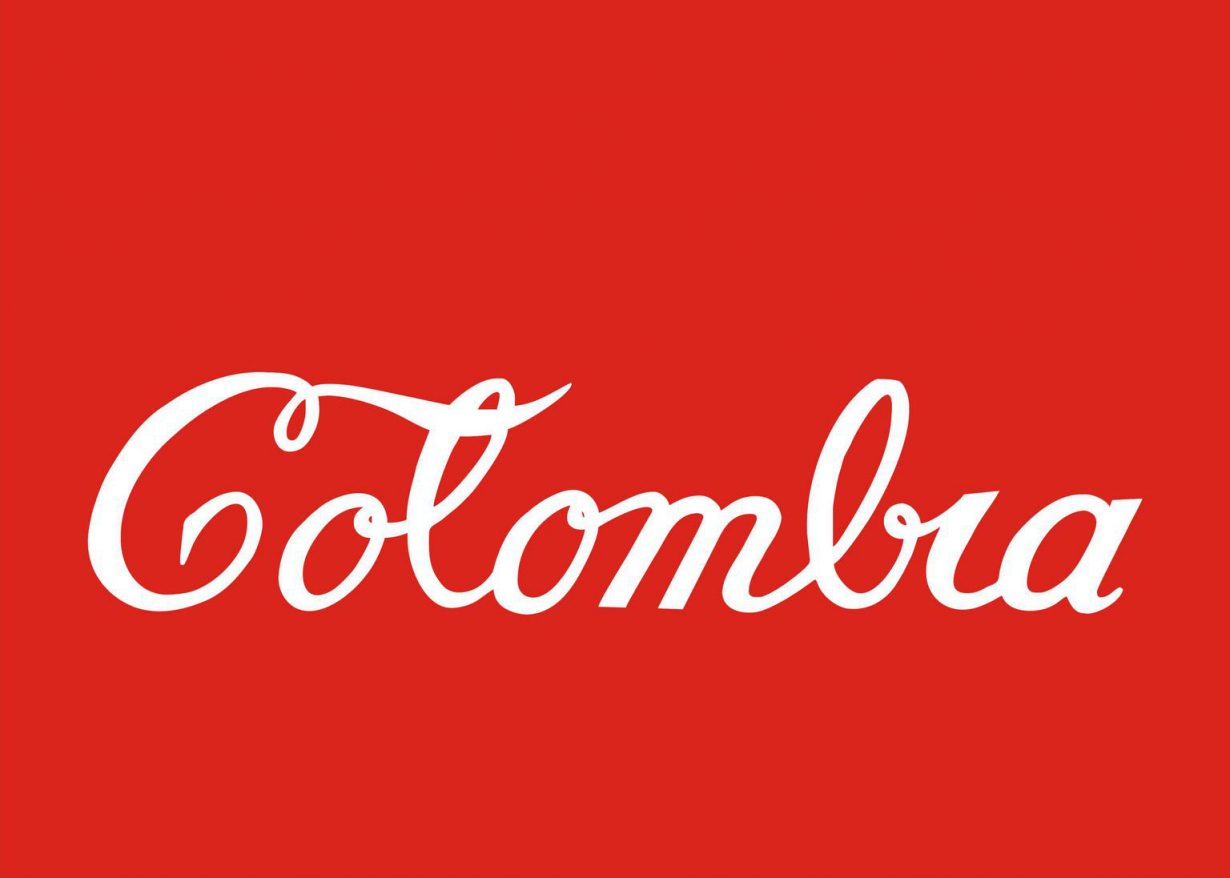
Antonio Caro, the Colombian artist, has died. Caro, regarded as one of the country’s most important conceptualists, established himself whilst still a student with a work that proved both formally and politically challenging. While studying at the Universidad Nacional, he participated in the XXI Salón Nacional de Artistas with the Lleras’ Head (1970), a bust of the then Colombian president made of salt. The night of the exhibition opening the artist destroyed the sculpture’s form by pouring water over it.
Further performative gestures included the early use of a photocopier in art, to produce dozens of statements alluding to both the tourist vision of Colombia and the nostalgia of the country’s diaspora. Titles included Primitive Art and Miami Sunset. Color-azul consisted of a graphic report and a text explaining what colour is and the definition and nature of blue.
The artist claimed his style of working was born of clumsiness. ‘I was clumsy, and now I am doubly clumsy manually. I discovered that I had to think to do things, work with ideas.’

In 1977 Caro’s most iconic motif was established, one he would revist throughout his career, in which the Coca-Cola typography and brand palette was taken to spell out ‘Colombia’. Colombia-Coca Cola, first drawn and painted on the walls for an exhibition at the Galería Belarca, was a comment on the fraught relationship between the artist’s country and the US, caught up in cultural imperialism, economic imbalance and the drugs trade.
In a bout of typical self-effacement he said of his use of repetition in his work: ‘I am stupid, I get one idea a year, and I crush it until people get tired.’ Other phrases he revisited repeatedly, using them in banners, paintings, posters and leaflets, include the Spanish translation of Mao’s maxim ‘imperialism is a paper tiger’ and ‘Caro muy Caro’, a pun on the artist’s name and the Spanish for ‘expensive’. As well as Coca-Cola, Caro turned to the Marlboro cigarette livery repeatedly and repurposed the Chicklets chewing gum logo to spell ‘achiote’, a plant used by indigenous communities as a body dye, as well as having many industrial food uses, including in gum.
The Bogotá-based artist was primarily appreciated in South America, with hundreds of solo and groups shows across the continent. The Museo de Arte Moderno, Bogotá staged his first institutional solo outing in 1982, revisting his work again in 1998. In 2002 the Museo de La Ciudad, Quito, and the Museo de Arte Moderno La Tertulia, Cali, toured a retrospective. His work is in the collections of museums including the Tate Modern, London; Queens, New York; MIT, Cambridge, MA; Museo de Arte Moderno de Caracas, as well as various Colombian institutions.

The critic Eduardo Serrano wrote: ‘Caro was not content to propose a sincere technical inability as a valid vehicle for creativity, but also accused academic art, framed, sold, bought, and hung behind the sofas, of misrepresenting the essence of all creativity. Artists called ‘politicians’ (as if the others were not) had consistently spoken out against the increasing commercialization of painting and sculpture. But somehow, his works remained conceptually within the decorative category (which may be thematically challenging, accusing, inciting, etc.) of the market.’
It was a sentiment that the artist recognised himself, later distancing himself from working in an overtly political fashion. ‘I think it is more important to contribute to art than politics. Political art does not contribute to politics.’